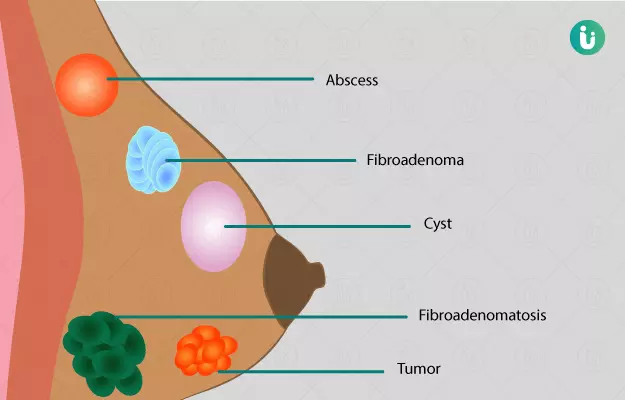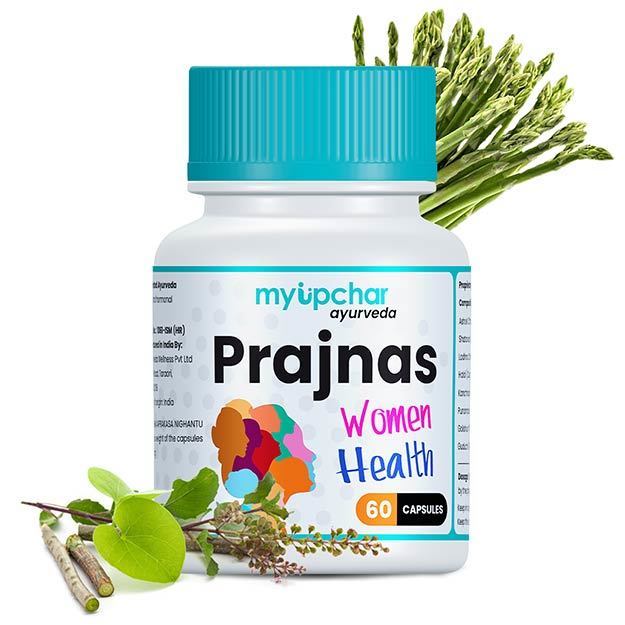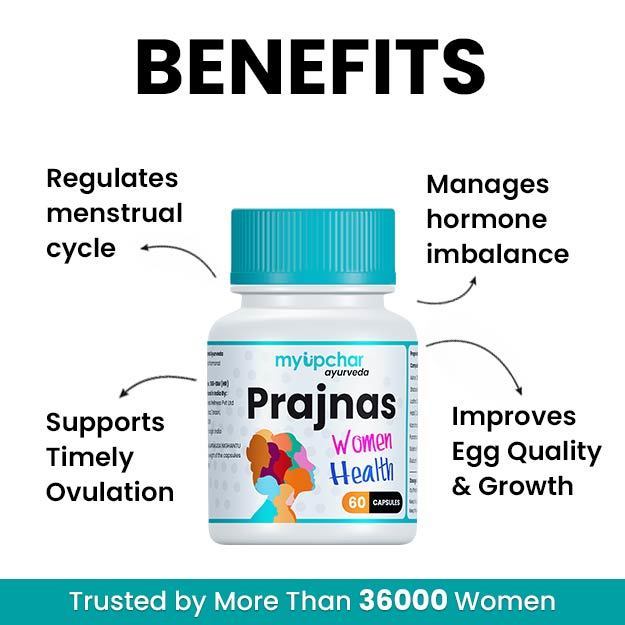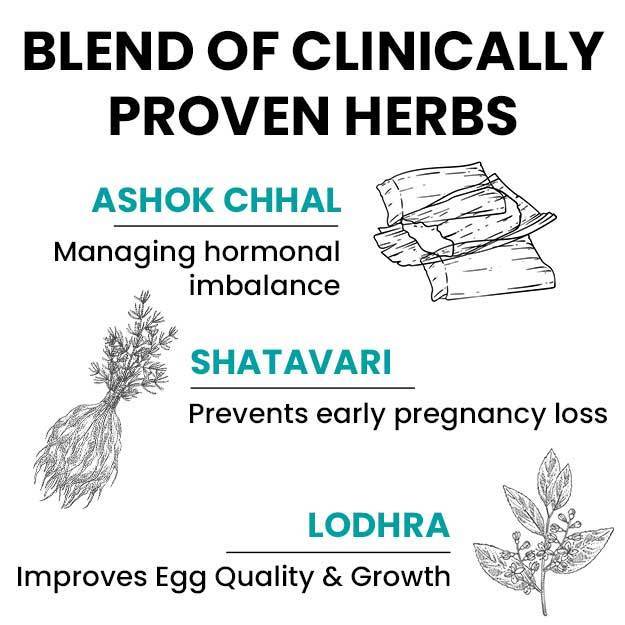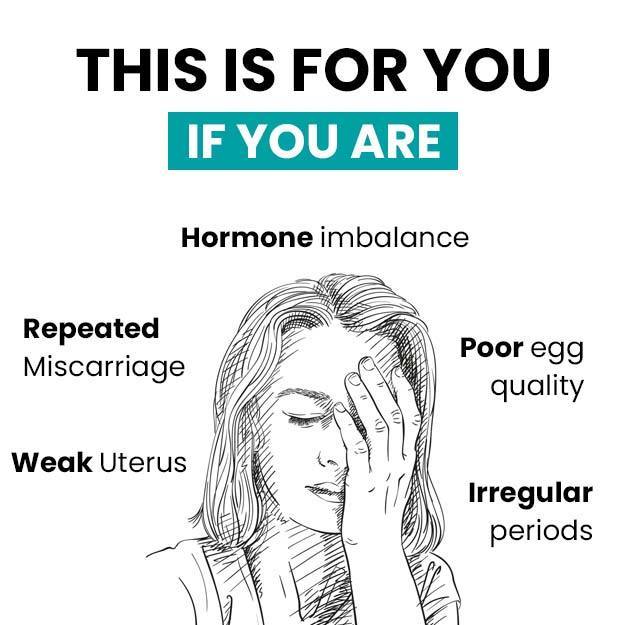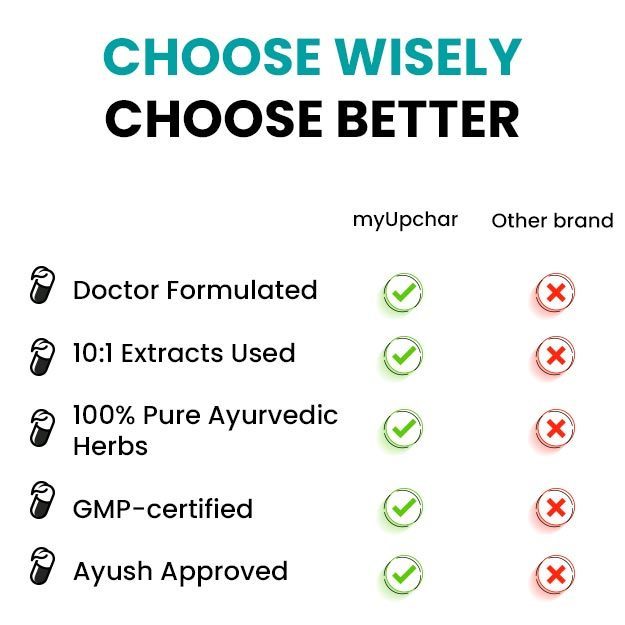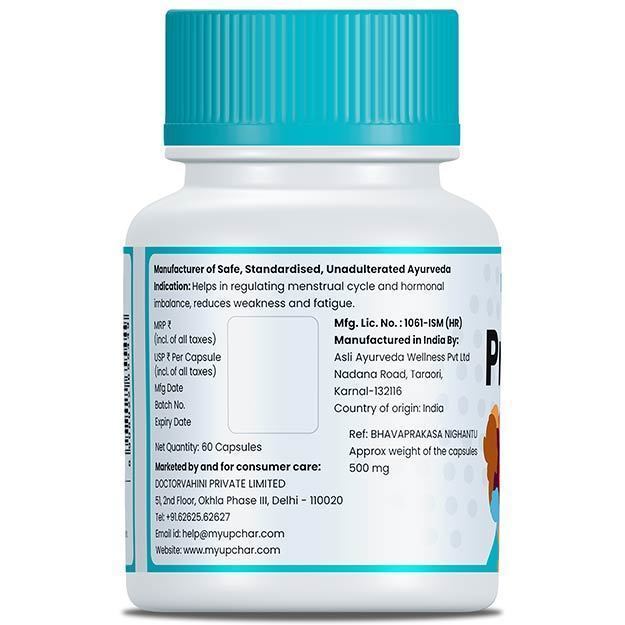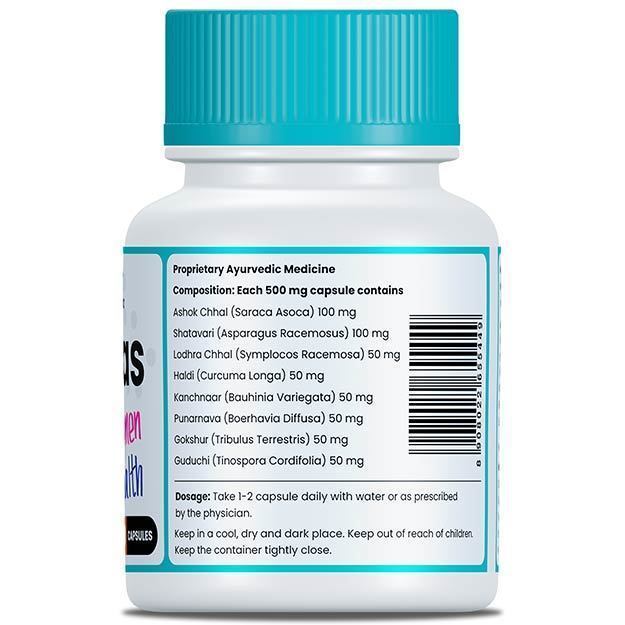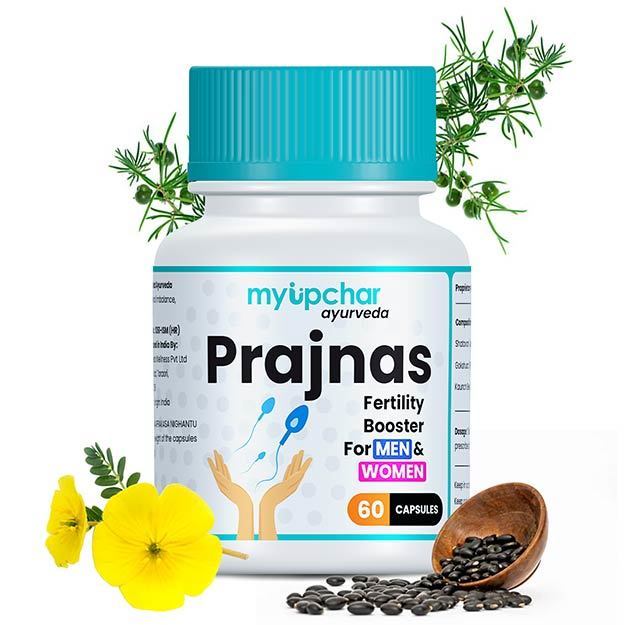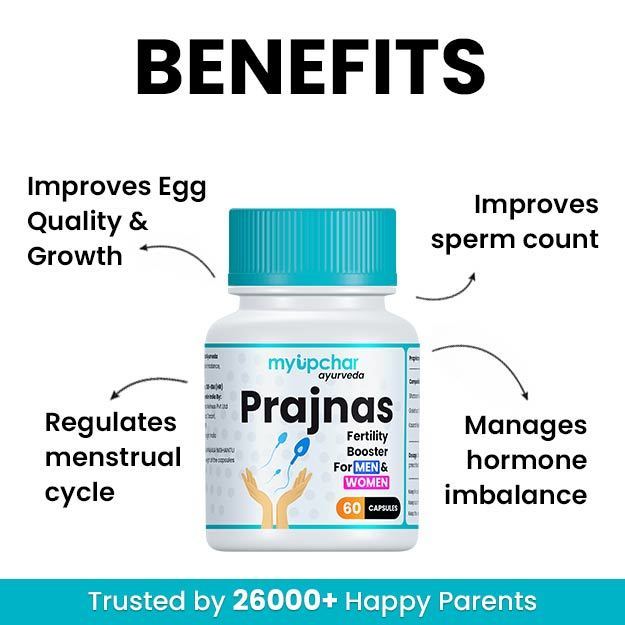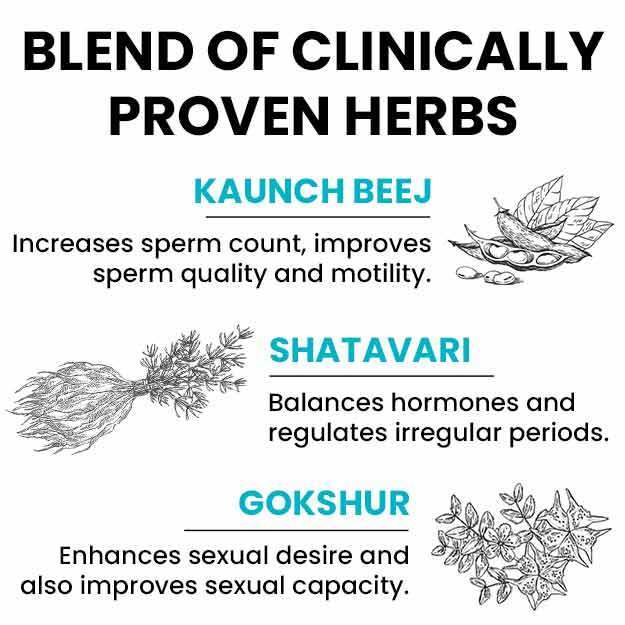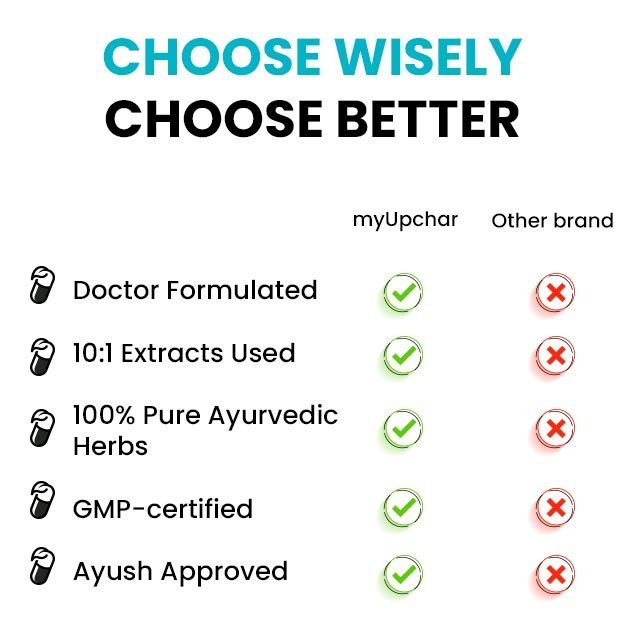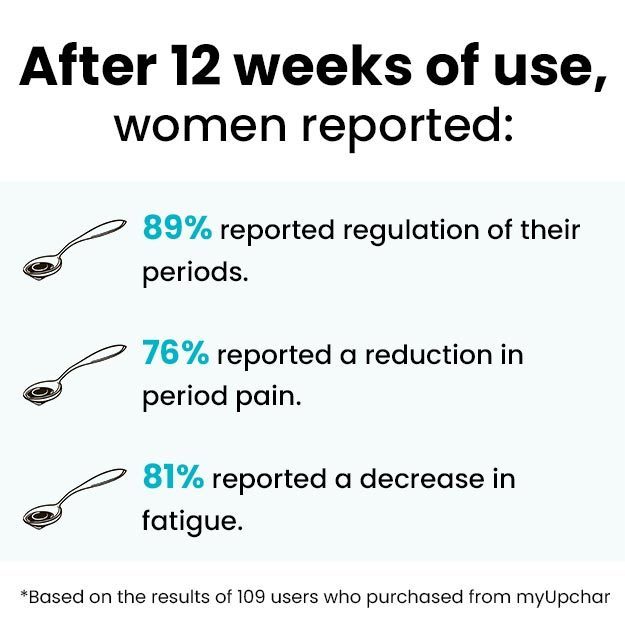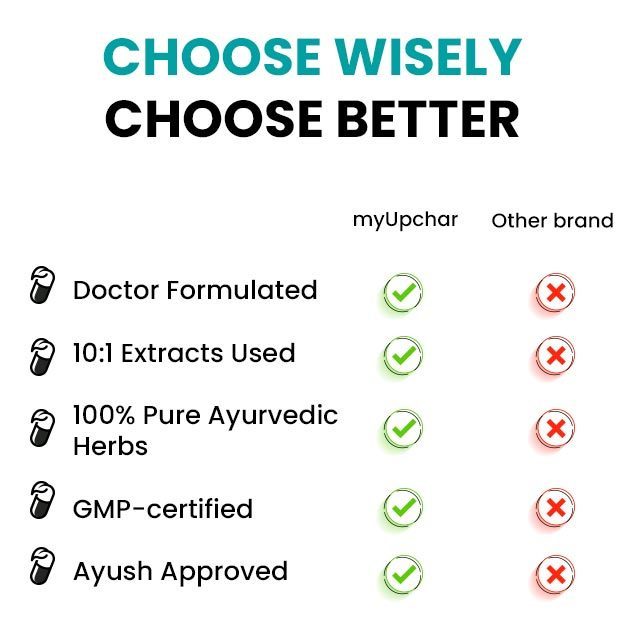Finding a lump in your breast can send a shiver down your spine. It's a moment that often triggers immediate fear and anxiety, with the mind jumping straight to the worst-case scenario: cancer. It's completely normal to feel this way. However, here's an important truth to hold onto: most breast lumps are not cancerous. While that's a huge relief, it absolutely doesn't mean you should ignore one. Understanding breast lumps, knowing what to look for, and—most importantly—knowing when to see a doctor is incredibly crucial. Early detection, no matter the cause, can make all the difference.
This article aims to be your easy-to-understand guide through the topic of breast lumps. We'll explore what these lumps feel like, common accompanying symptoms, the various reasons they can form (both harmless and serious), what happens when you see a doctor for a lump, and the different treatment approaches available.
- What is a Breast Lump?
- Common Symptoms Of Having A Breast Lump
- Types of Breast Lumps
- Causes of Breast Lumps
- When to See a Doctor
- Diagnosis
- Treatment Approaches
- Living with Breast Health Awareness
- Conclusion
What is a Breast Lump?
Simply put, a breast lump is a distinct mass, swelling, or thickening in your breast tissue that feels different from the surrounding area. Think of it as a noticeable 'bump' or 'knot' you might feel when you touch your breast. Breast tissue naturally has a lumpy, uneven texture, but a true lump will usually stand out.
Knowing what your "normal" feels like is your first step in identifying anything unusual. That's why self-breast exams (BSEs) are often encouraged. While they aren't a substitute for professional screenings, regularly checking your own breasts helps you become familiar with their usual texture and identify changes more quickly. You can do this by gently pressing your fingers over your entire breast area, including under your armpit, in a systematic pattern, perhaps in circles or up and down lines. A study conducted in a rural area of North India, for example, highlighted that while a large majority of women understood the importance of Breast Self-Examination, only a small percentage actually practiced it regularly, emphasizing a crucial gap between awareness and consistent action. This makes knowing what to look for even more vital.
To Read The Study, CLICK HERE.
When you're checking, pay attention to the size and shape of any lump you find – is it pea-sized, marble-sized, or larger? Is it round, oval, or irregularly shaped? Also, notice if it's movable or fixed; does it slide easily under your fingers, or does it feel stuck or anchored to the chest wall? Consider if it's painful or painless; remember, many lumps, even cancerous ones, can be painless. Finally, observe its texture – does it feel soft and squishy, firm and rubbery, or hard like a pebble?
(Read More: Grow Your Breast Naturally)
Common Symptoms Of Having A Breast Lump
Sometimes, a breast lump isn't the only change you might notice. Other symptoms can appear alongside it, and paying attention to these can provide important clues for your doctor.
You might see changes in your breast's size or shape, where one breast suddenly becomes noticeably larger or changes its contour compared to the other. While some natural asymmetry is common, a new or rapidly developing difference should be checked. Look closely at skin changes on the breast as well. This could be dimpling, where the skin appears pulled inward, similar to the peel of an orange (sometimes called "peau d'orange"). You might also notice unusual redness, scaling, or thickening of the skin, or a general puckering or indentation.
Your nipple can also show signs of concern. It might experience inversion, suddenly turning inward when it previously pointed outward. Any discharge from the nipple, especially if it's clear, bloody, or occurs without squeezing, needs evaluation. Persistent redness, soreness, itching, or rashes around the nipple area can also be a symptom.
While pain is often associated with harmless breast conditions, it's not exclusively a benign symptom. You might feel localized pain directly at the lump, or a general tenderness throughout the breast. Do not ignore a painful lump, especially if it's new or persistent. Lastly, check for any swelling in your armpit or above your collarbone. Your lymph nodes, located in these areas, can swell if something is affecting your breast and potentially spreading.
(Read More: Age and Breast Size: What Women Can Expect)
Types of Breast Lumps
When you feel a lump, it can have various characteristics, and these often point towards different types of breast changes. The good news is, most of these types are benign (non-cancerous).
Benign (Non-Cancerous) Types
- Fibrocystic Changes: This is incredibly common and describes breasts that feel generally lumpy, rope-like, or unusually dense. These lumps are often tender, may cause pain, and can change in size with your menstrual cycle.
- Cysts: These are fluid-filled sacs that can feel round or oval, soft or firm, and are usually movable under the skin—like a small, soft balloon. They can sometimes be tender or painful and fluctuate in size.
- Fibroadenomas: These are solid, non-cancerous lumps, common in younger women. They typically feel distinct, firm, rubbery, and move easily under your fingers, often described as a "marble." They are usually painless.
- Infections (Mastitis/Abscess): A lump from an infection is usually very painful, tender, red, and warm to the touch. It might come with a fever and general feelings of illness. Mastitis is an inflammation, while an abscess is a pus-filled lump that can form if an infection progresses.
- Lipomas: These are soft, doughy, movable lumps composed of fatty tissue. They are benign and typically painless.
- Fat Necrosis: This forms when fatty breast tissue is damaged, often after an injury or surgery. It results in a firm, round lump that might feel like scar tissue. It's usually painless, though the skin over it might look bruised or red.
- Ductal Ectasia: This involves a widened milk duct beneath the nipple. It can cause a sticky, colored nipple discharge, and sometimes a tender lump can form right behind the nipple, possibly causing nipple inversion.
(Read More: Exploring the Causes of Breast Swelling and How to Treat It)
Malignant (Cancerous) Types
Breast Cancer: A cancerous lump often feels hard, has an irregular shape, and can feel fixed or anchored to the chest wall, meaning it doesn't move easily when you try to roll it under your fingers. Crucially, in its early stages, a cancerous lump is often painless, which is why relying on pain as a symptom isn't enough. Common types include Ductal Carcinoma In Situ (DCIS, non-invasive), Invasive Ductal Carcinoma (IDC), and Invasive Lobular Carcinoma (ILC)
Causes of Breast Lumps
Lumps in the breast arise from various underlying reasons within the breast tissue. Understanding these causes helps categorize the types of lumps we just discussed.
Many benign lumps are caused by hormonal changes, particularly those related to the menstrual cycle, pregnancy, or menopause. These fluctuations can lead to the formation of cysts (fluid accumulation) or fibrocystic changes (generalized lumpiness). Other benign causes include infections (like mastitis, often associated with breastfeeding, where bacteria cause inflammation), injuries to the breast that result in damaged fatty tissue (fat necrosis), or simply the growth of normal fatty tissue in a concentrated area (lipomas). Sometimes, changes in milk ducts can also lead to lumps, as seen in ductal ectasia.
On the other hand, a malignant lump, or breast cancer, is caused by the uncontrolled and abnormal growth of cells within the breast tissue. These abnormal cells multiply rapidly and can form a mass (the tumor). The exact reasons why these cells start growing abnormally are complex and can involve a combination of genetic factors, lifestyle, and environmental influences.
(Read More: Breast Problems: symptoms, causes, treatment, medicine)
When to See a Doctor
This is perhaps the most important section of this article. No matter what you suspect, any new, unusual, or persistent lump or breast change requires immediate medical attention. Do not wait, do not try to self-diagnose, and do not assume it will just go away. Only a healthcare professional can properly evaluate a breast lump.
See a doctor right away if you notice any of these "red flags": You find a new lump, especially if it feels hard, fixed (doesn't move easily), or is painless. Also, if you observe any skin changes on your breast, such as dimpling, redness, scaling, thickening, or puckering. Pay attention to nipple changes, including new inversion, any discharge (especially clear or bloody), or persistent redness, soreness, or rashes around the nipple. Swelling or a lump in your armpit or above your collarbone is another critical sign. If a breast lump you've had before grows or changes in size, shape, or texture over time, or if you have persistent breast pain unrelated to your menstrual cycle, seek medical advice promptly.
(Read More: Health tips for breast care)
Diagnosis
When you visit your doctor for a breast lump, they'll follow a systematic approach to figure out what's going on. This process aims to accurately identify the cause and rule out anything serious.
Your doctor will start with a physical exam, asking about your symptoms, medical history, and family history. They'll then carefully feel the lump, noting its characteristics, and also check your lymph nodes. This is often followed by imaging tests to get a clearer picture of the lump. A mammogram, an X-ray of the breast, is effective for detecting small changes, especially for older women. An ultrasound uses sound waves to create images. It's excellent for distinguishing between a solid lump and a fluid-filled cyst, and is often the first choice for younger women due to denser breast tissue. In specific cases, a more detailed MRI might be used.
The most crucial step of imaging tests that suggest the lump might be solid or suspicious is a biopsy. This is the only way to definitively tell if a lump is cancerous. It involves removing a small tissue sample from the lump, which is then sent to a lab for examination. Common biopsy types include Fine Needle Aspiration (FNA), which draws out fluid or cells, and Core Needle Biopsy, which removes small tissue cylinders. Sometimes, a Surgical Biopsy might be performed to remove part or all of the lump.
(Read More: Which Oil Is Best for Breast Enlargement?)
Treatment Approaches
Once your doctor has a clear diagnosis, they can discuss the appropriate treatment plan with you. The approach will vary significantly depending on whether the lump is benign or malignant.
For Benign Lumps
Since most breast lumps are not cancerous, their treatment is usually less invasive or sometimes not needed at all. For many harmless lumps like small fibroadenomas or fibrocystic changes that aren't causing symptoms, your doctor might recommend watchful waiting with regular follow-up exams. If a cyst is large, painful, or causing discomfort, it might be drained using a fine needle for immediate relief. For infections like mastitis, medication like antibiotics will be prescribed. While less common, surgical removal might be recommended if a benign lump is very large, growing, causing discomfort, or if there's any uncertainty after other tests.
For Malignant Lumps
If a biopsy confirms breast cancer, your treatment plan will be comprehensive, often involving a team of specialists. The specific treatment depends on the type, stage, size, and characteristics of the cancer, as well as your overall health.
Surgery is often the first step, which can be a lumpectomy (removing only the lump and a small margin) or a mastectomy (removing the entire breast). This is often followed by radiation therapy to kill remaining cancer cells. Chemotherapy, powerful drugs given systemically, might be used before or after surgery. If the cancer is hormone-receptor-positive, hormone therapy can block hormones that fuel cancer growth. Newer treatments include targeted therapy, which specifically attacks cancer cell characteristics, and immunotherapy, which boosts your body's own immune system to fight cancer. It's crucial to understand that treatment is highly individualized, with a plan tailored just for you.
(Read More: Holistic Approaches to Reduce Breast Size Naturally and Safely)
Living with Breast Health Awareness
Taking care of your breast health is an ongoing journey. Being proactive and aware is your best defense. Continue to perform regular self-exams (BSEs) to stay familiar with your breasts' normal feel. As highlighted by studies, while many understand the importance of BSE, consistent practice is key for early detection. Schedule clinical breast exams (CBEs) as part of your annual check-ups. Adhere to recommended guidelines for screening mammograms based on your age and risk factors; discuss this with your doctor. Maintaining a healthy lifestyle with a balanced diet, regular exercise, and limiting alcohol contributes to overall well-being. Lastly, acknowledge the emotional impact of breast health concerns; seeking emotional support from friends, family, or professionals is a healthy step.
(Read More: How to increase breast size: exercise, foods, natural ways)
Conclusion
Finding a lump in your breast can undoubtedly be a frightening experience. It's a natural reaction to fear the worst. However, remember the powerful message: the vast majority of breast lumps are benign. Still, this knowledge should never lead to complacency. Any new, unusual, or persistent change in your breast needs immediate medical attention.
Be proactive about your breast health. Know your body, listen to its signals, and don't hesitate to consult a doctor if something feels off. Your peace of mind, and your health, are absolutely worth it. Early detection, regardless of the cause, is your strongest tool for a positive outcome
References
- Toomey A, Le JK. Abscess, Breast. [Updated 2019 Jan 11]. In: StatPearls [Internet]. Treasure Island (FL): StatPearls Publishing; 2019 Jan-.
- MedlinePlus Medical Encyclopedia: US National Library of Medicine; Breast self-exam
- Colin B Seymour, Carmel Mothersill. Breast cancer causes and treatment: where are we going wrong? Breast Cancer (Dove Med Press). 2013; 5: 111–119. PMID: 24648764
- Diana Ly, David Forman, Jacques Ferlay, Louise A. Brinton, Michael B. Cook. An International Comparison of Male and Female Breast Cancer Incidence Rates. Int J Cancer. 2013 Apr 15; 132(8): 1918–1926. PMID: 22987302
- Shannon Kispert, Jane McHowat. Recent insights into cigarette smoking as a lifestyle risk factor for breast cancer. Breast Cancer (Dove Med Press). 2017; 9: 127–132. PMID: 28331363
- Jingfang Cheng, Shijing Qiu, Usha Raju, Sandra R. Wolman, Maria J. Worsham. Benign Breast Disease Heterogeneity: Association with histopathology, age, and ethnicity. Breast Cancer Res Treat. 2008 Sep; 111(2): 289–296. PMID: 17917807
- Shannon Kispert, Jane McHowat. Recent insights into cigarette smoking as a lifestyle risk factor for breast cancer. Breast Cancer (Dove Med Press). 2017; 9: 127–132. PMID: 28331363
- Santen RJ. Benign Breast Disease in Women. [Updated 2018 May 25]. In: Feingold KR, Anawalt B, Boyce A, et al., editors. Endotext [Internet]. South Dartmouth (MA): MDText.com, Inc.; 2000-.
- National Cancer Institute [Internet]. Bethesda (MD): U.S. Department of Health and Human Services; BRCA Mutations: Cancer Risk and Genetic Testing


